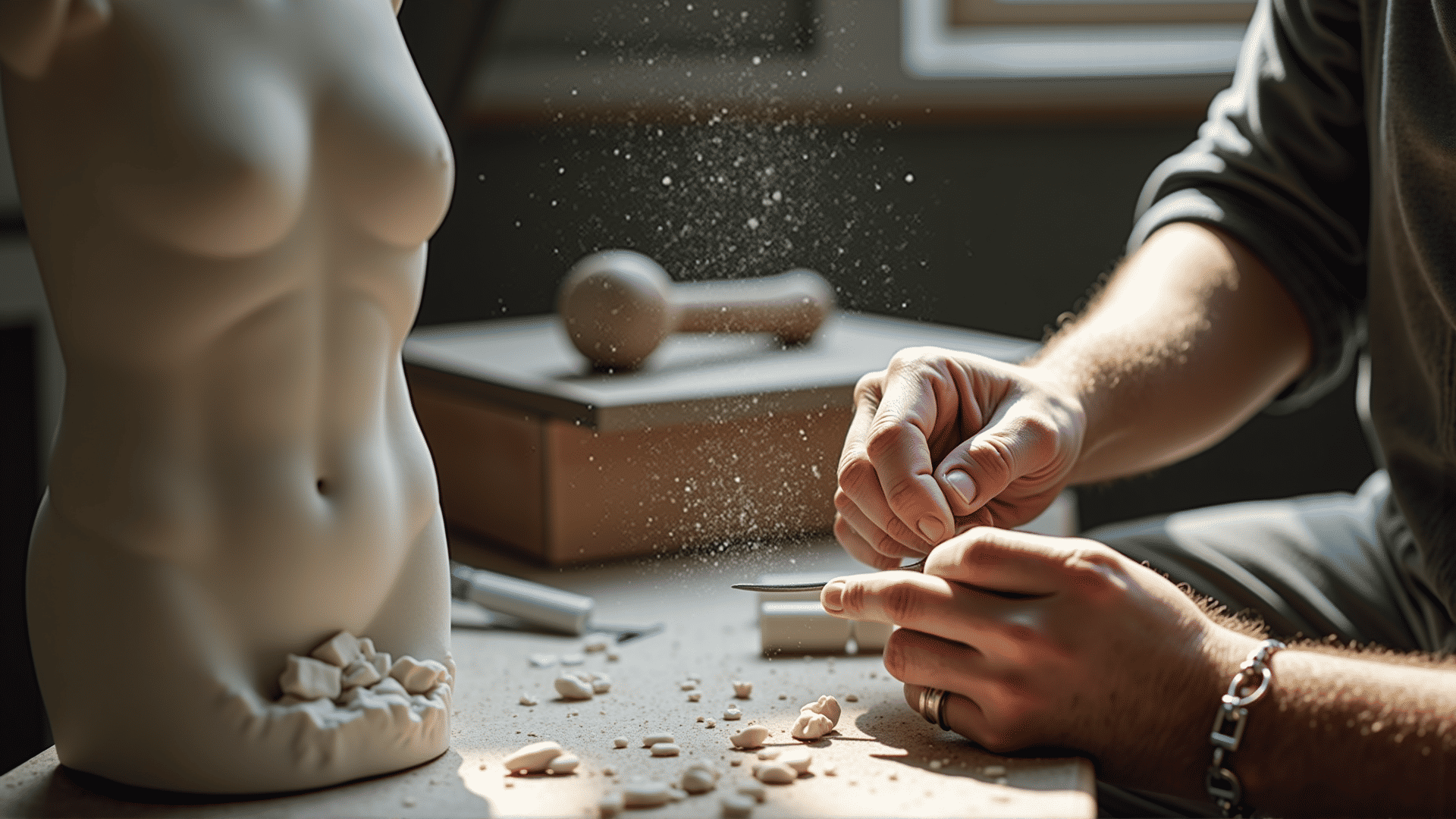In the ever-evolving landscape of modern art, where innovation and contemporary expressions often take center stage, a remarkable resurgence is occurring. Artists globally are turning back the clock and rediscovering the classical sculpting techniques that once defined eras of artistic excellence. These methods, rooted in time-honored traditions, are experiencing a revival, breathing new life into them and proving their enduring relevance in today's art world.
The allure of classical sculpting lies in its meticulous attention to detail and the tactile connection between the artist and their medium. Unlike the rapid-fire creation processes of some contemporary art forms, classical sculpting demands patience, precision, and a deep understanding of materials. This discipline fosters a profound connection between the artist and their work, creating sculptures that are not only visually stunning but also rich with historical resonance.
At the heart of this revival are artists who have dedicated themselves to mastering these timeless techniques, often immersing themselves in centuries-old practices to hone their craft. One such artist is Isabella Marini, whose studio in Florence serves as a testament to her commitment to classical sculpting. Armed with chisels, hammers, and blocks of marble, Marini meticulously carves each piece, drawing inspiration from the great masters of the Renaissance. Her works, reminiscent of Michelangelo's finesse, embody the elegance and grace of classical art while subtly infusing contemporary themes.
Similarly, across the Atlantic, sculptor David Linwood is garnering attention for his iconic bronzes. His dedication to the lost-wax casting technique, an ancient method with origins traced back to the Indus Valley Civilization, exemplifies the seamless blend of historical craftsmanship and modern expression. Linwood's sculptures tell stories of modern human experiences, yet their aesthetic roots firmly anchor them in a classical tradition.
What draws artists and appreciators alike to classical techniques today is not merely nostalgia but a yearning for authenticity and a deeper narrative. In a digital age where virtually anything can be rendered with software, the tactile creation of a sculpture offers an irreplaceable sense of accomplishment and connection to the past. Through chiseling, molding, and casting, artists are engaging in a dialogue with history, inviting viewers to appreciate the beauty of what is handmade.
Institutions and academies around the world are also recognizing this renaissance, offering courses and workshops in classical techniques, thereby ensuring that these skills are passed down to future generations. Schools such as the Florence Academy of Art and the New York Academy of Art are at the forefront, promoting a curriculum that emphasizes the importance of classical methods in fostering a well-rounded artistic foundation.
The resurgence of classical sculpting techniques in modern art is more than a mere trend; it is a reaffirmation of the value of painstaking craftsmanship and heritage in a fast-paced world. As artists continue to marry these timeless techniques with contemporary narratives, classical sculpture is poised to remain not just a relic of the past, but a living, dynamic form of artistic expression—one that speaks to the tenacity and creativity of the human spirit.
